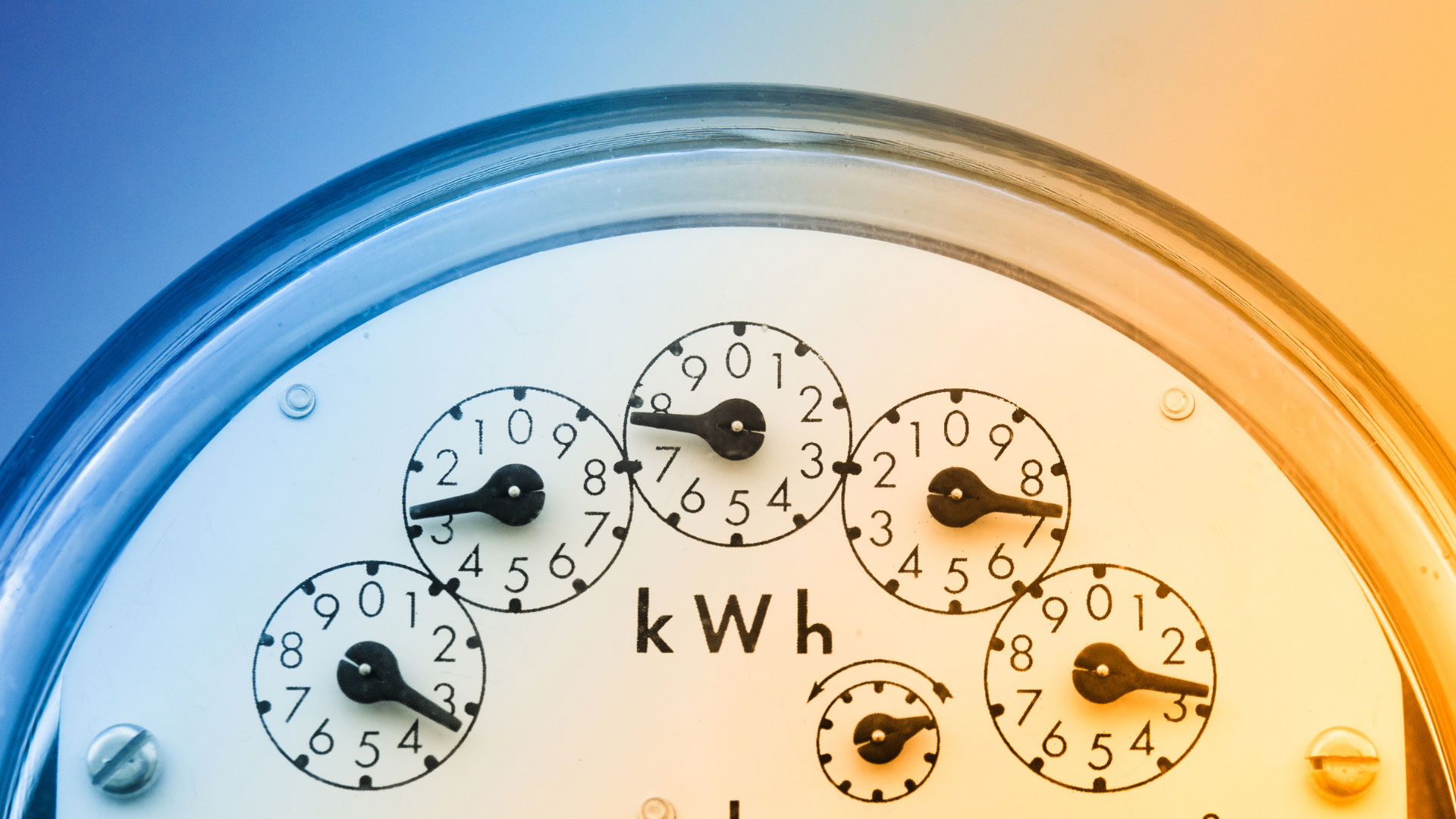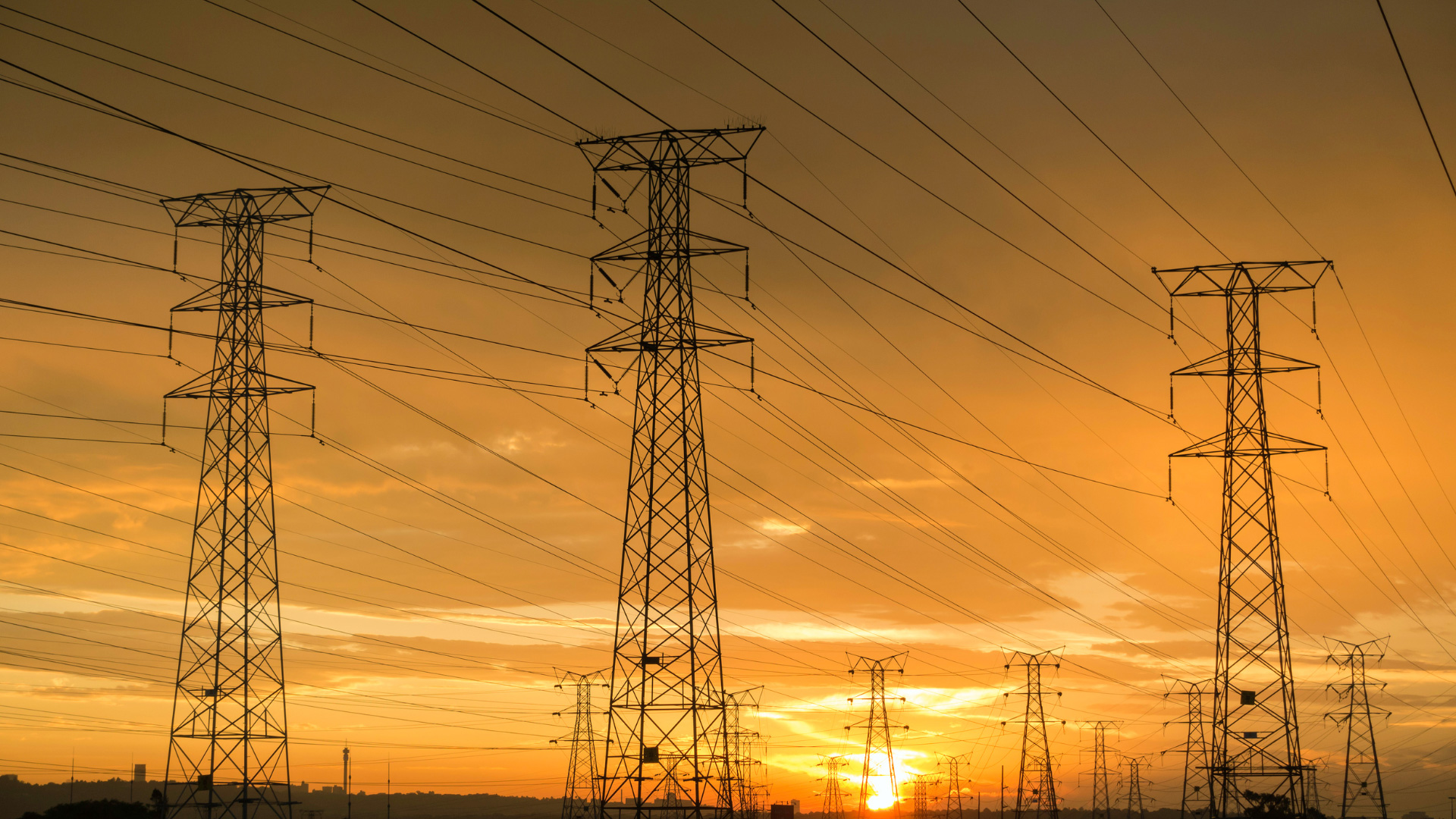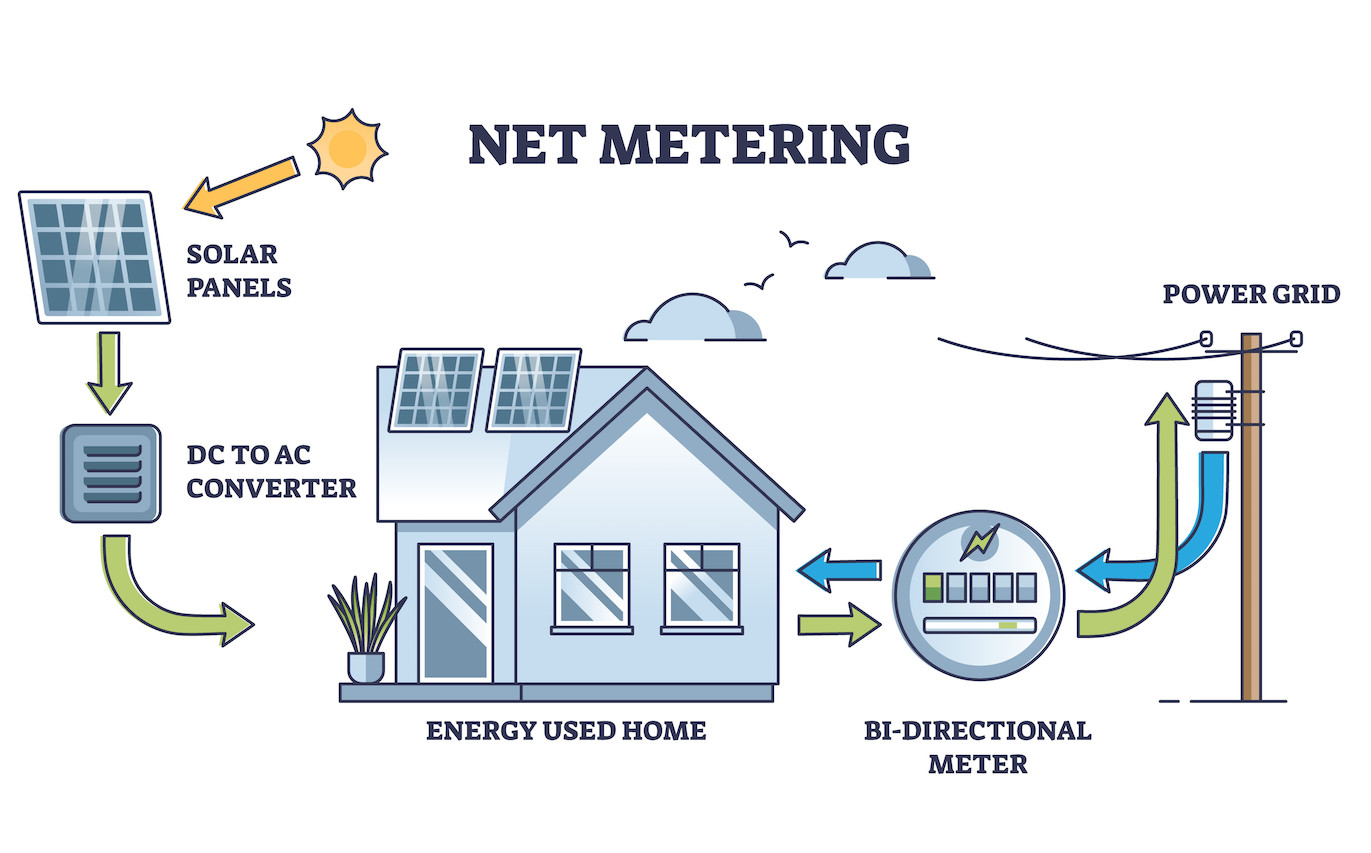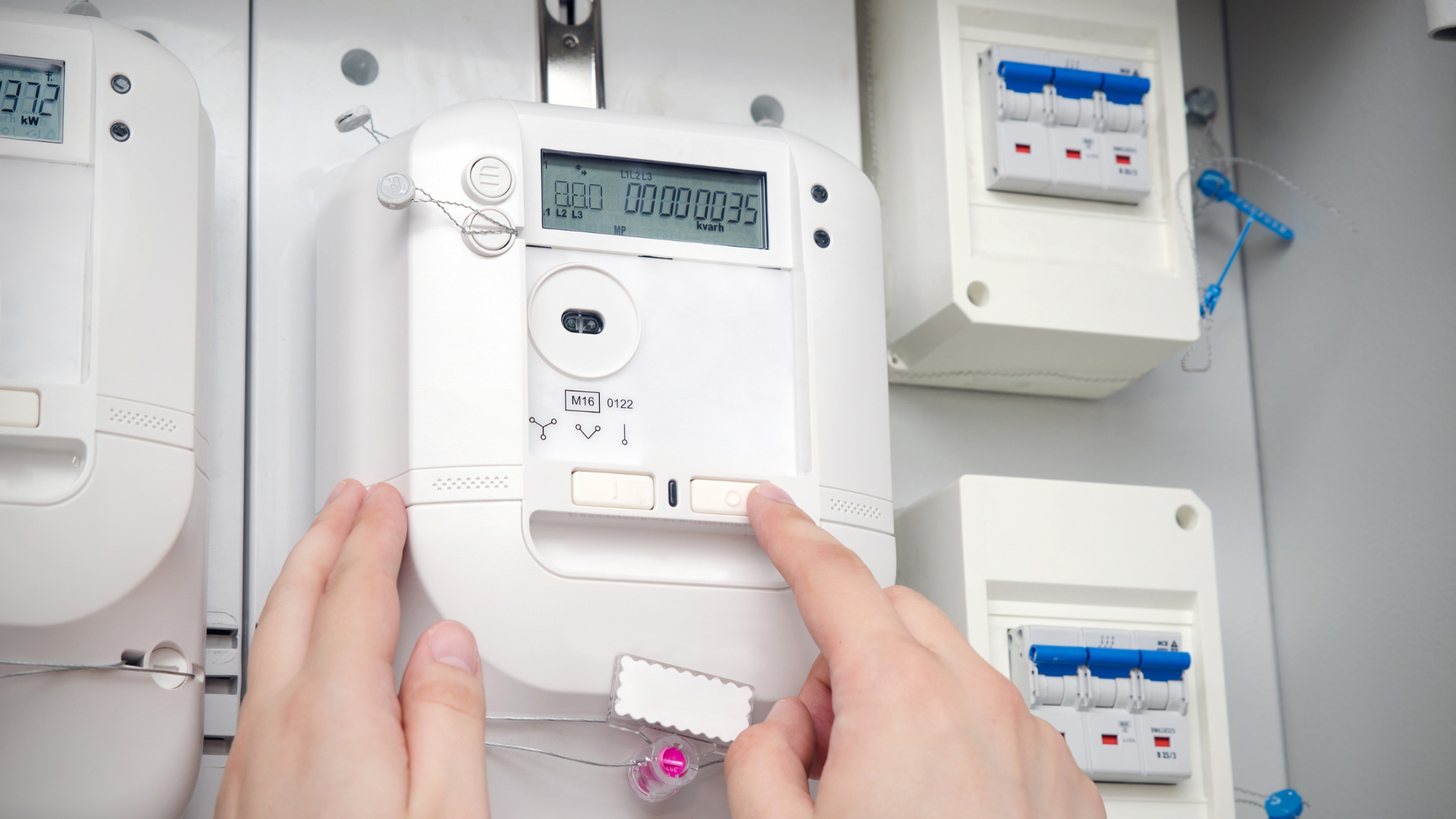Arizona offers several incentives to make the change to solar energy as cost-effective as possible. One of the incentives that has caused quite a bit of confusion, but is important to understand, is commonly referred to as Arizona’s net metering, or net billing, system.
In this guide, learn everything you need to know about Arizona 2024 net metering rules.
Net Metering vs Net Billing
One of the most important details in solar strategy is the difference between net metering and net billing. This will determine how much financial benefit you can gain from connecting your solar energy generating system to the public grid. Arizona works on a net billing system, and rates vary depending on which utility you are working with. The key difference is that instead of homeowners being compensated for the entire retail price for the energy they send back into the electric grid, they receive only a portion of the retail value of the excess kilowatts of energy they produce.
Net Metering
In a full net metering system, the energy utility credits you with the full retail rate of electricity for all excess solar energy you send to the grid. Net metering provides a perfect balance between the energy you draw from the grid without solar and the energy you put into the grid during your peak solar generation hours. This way, you get the full financial value for your solar energy, whether you use it to power your property or you sell it back to the energy utility to bolster energy availability in your neighborhood.
Net metering is the ideal option for solar grid connection, but it is more rare than you might think. Most states and utilities offer what is known as net billing instead.
Net Billing
Net billing credits you for the energy you put into the grid, but at a lower-than-retail price. This means that you buy energy from the utility company at a higher price than they buy energy from you. There is not a perfect balance between energy from your solar panels and energy from the electric utility.
Net billing is less desirable than net metering, but it is much more common. Even systems that call themselves net metering often provide a lower credit for excess solar energy sent to the grid compared to the price of energy taken from the grid.
The justification for net billing is the cost of grid maintenance, which individual solar property owners do not pay for directly. However, net metering systems provide a strong argument for using batteries to dedicate your solar-generated power entirely to your property so that you get its full monetary value in savings by not using grid energy during dark hours.
Arizona’s Net Billing Policy
Since 2016, Arizona does not offer a true net metering system but instead incentivizes solar panel installation through a program more aptly called a net billing program. The exact amount offered by the utility company varies throughout the state but is generally between 70% to 95% of the retail price. Even though Arizona’s net billing system doesn’t compensate homeowners for the entire value of their excess energy production, the buy-back system is still a convenient way to offset energy costs even further than simply using solar panels alone.
Why You Should Install Solar Panels Right Now
One important aspect of Arizona’s net billing policy is that it allows utility companies to lower the buy-back rate every year. However, the idea is to incentivize installing solar panels sooner rather than later.
The utility companies are required to offer the opportunity to lock in the utility companies’ purchase back rate for 10 years after the installation. This means that someone who installs solar panels this year can lock in the utility company to credit them at the current rate, no matter what the company chooses to offer homeowners who wait another year to install their solar panels.
Because the price per kilowatt bought back will go down every year, you can save substantially over time by installing solar panels now. You will save not only from the energy you use but also by receiving more per kilowatt you sell back to the utility company by locking into the higher rates now.
2024 Arizona Rates
APS Solar Energy Rates
- Cost: $0.14 kWh
- Solar: $0.13 kWh
The Arizona Public Service, or APS, is a widespread Arizona energy utility company. In 2023, APS charged approximately $0.13 kWh and paid for solar power at $0.12 kWh. In 2024, they have announced an across-the-board increase in prices by about 8%, or about one cent per kWh. However, they also charge residential solar a $2 monthly fee which is going up to $3.
SRP Solar Energy Rate
- Cost: $0.36 – $0.10 kWh
- Solar: $0.9 – $0.5 kWh
- Extreme difference between on-peak and off-peak
The Salt River Project, or SRP, is another major utility in Arizona providing both power and water. Most of their energy plans have an extreme difference in price between on-peak and off-peak pricing, ranging from 36 cents per kilowatt hour during on-peak in mid-summer to slightly less than ten cents per kWh during off-peak hours in the winter.
However, it only offers between 9 cents and 5 cents per kWh for solar net billing, with some exceptions for time-of-use during peak hours, which increases the buy-back price up to 25 cents a kWh.
Go Solar Sooner Rather Than Later
Arizona’s net metering, or more accurately net billing, creates an opportunity for you to save more by choosing to make the change to solar energy sooner rather than later. You will be compensated for the extra energy you produce, and you will be part of the sustainable future we need to be working towards now.
Learn how to get started with solar power by speaking with one of our Energy Consultants. Contact us to speak with one of our energy consultants and get started today.

![[2024] Arizona Net Metering Rules](https://solaroptimum.com/wp-content/uploads/2023/03/Arizona-Net-Metering-Rules-Explained.jpg)




